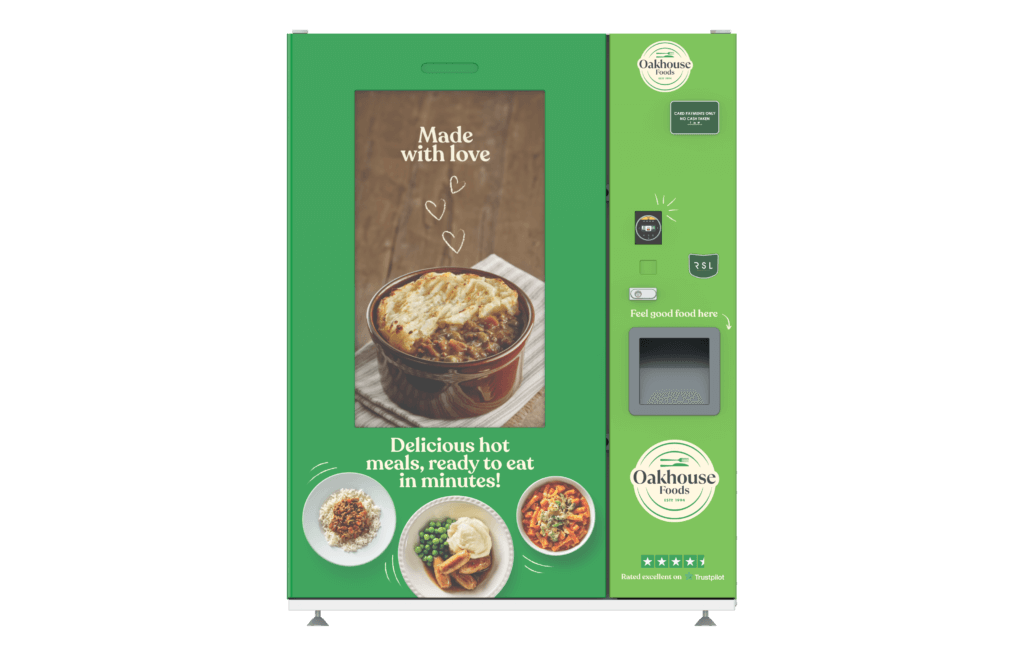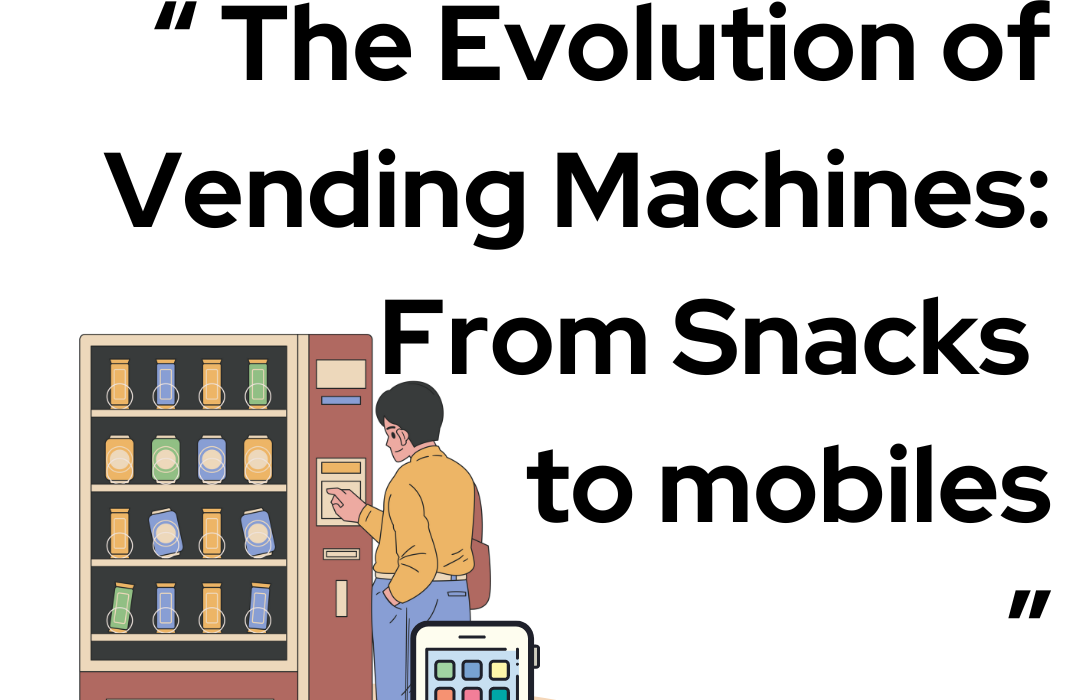
Vending machines have come a long way since their inception. Once limited to dispensing simple snacks and drinks, these machines have evolved into sophisticated, high-tech devices capable of selling a wide array of products, from everyday essentials to luxury items.
Historical Background
The first vending machine was invented by Hero of Alexandria, an ancient Greek engineer, in the first century AD. It dispensed holy water in exchange for a coin. Fast forward to the 1880s, and the modern vending machine made its debut in London, selling postcards.
Technological Advancements
Today’s vending machines are a testament to technological innovation. Modern machines use cashless payment systems, including credit cards, mobile payments, and even cryptocurrency. Additionally, machines equipped with artificial intelligence (AI) can recommend products based on consumer preferences and buying patterns.

Expanding Product Range
The product range of vending machines has expanded significantly. While snacks and beverages remain popular, machines now offer electronics, beauty products, clothing, and even fresh food. In airports, you might find machines selling headphones and travel accessories, while in office buildings, machines dispense healthy snacks and beverages.
Case Studies
In Japan, vending machines sell everything from ramen noodles to umbrellas. A standout example is a machine in Tokyo that sells fresh eggs from a local farm. Similarly, in the United States, Best Buy’s vending machines offer electronics and accessories at airports, catering to tech-savvy travellers.
Conclusion
The evolution of vending machines reflects broader technological advancements and changing consumer behaviours. From simple coin-operated dispensers to sophisticated AI-driven retail solutions, vending machines continue to adapt and thrive in the modern marketplace.




